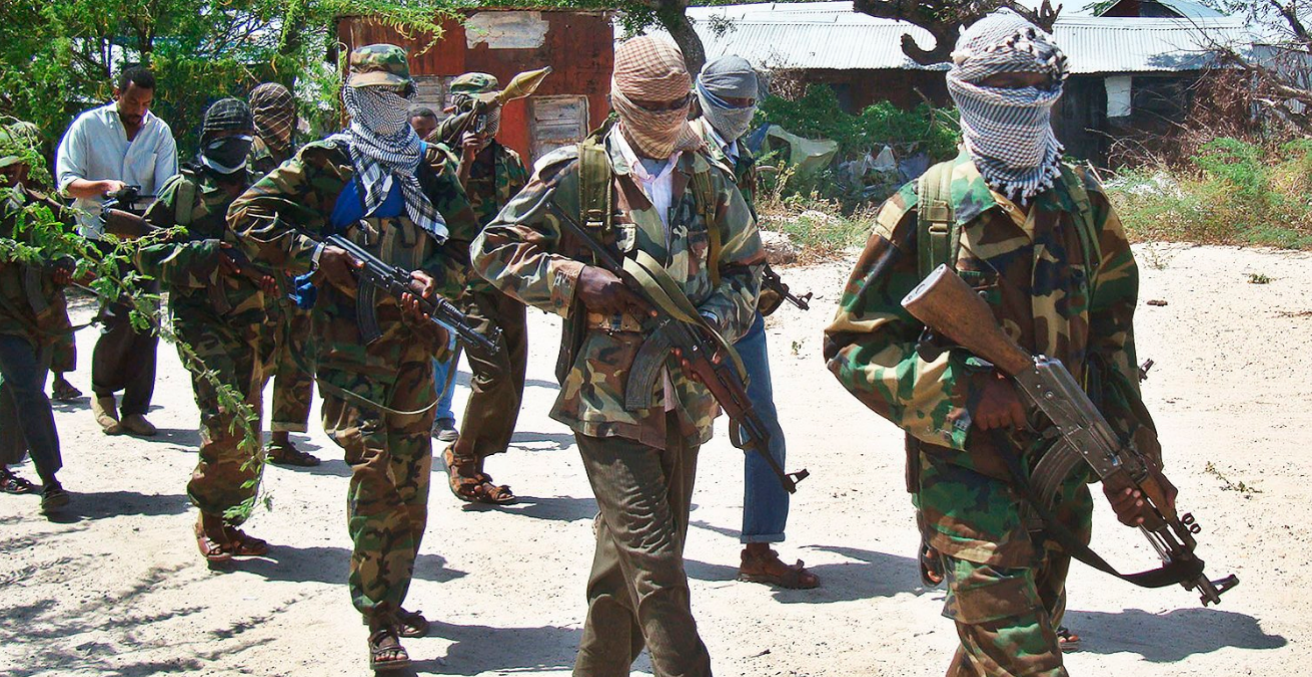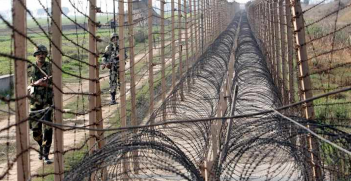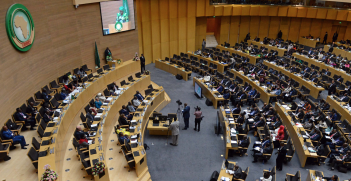Between a Rock and a Hard Place in the Somali Region

With the recent US air strike on Al-Shabaab, what has been the progress one year on from the Mogadishu bombing?
It has been a year since Mogadishu’s most devastating terror attack, which claimed more than 512 lives and injured many more. While never formally claimed by the terror group, the attack on 14 October 2017 is attributed to Al-Shabaab, reiterating that the group remains the principal security threat to peace and stability in the region. At the first anniversary of the attack, it is time to question the inroads that have been made toward addressing the threat of Al-Shabaab in Somalia.
Al-Shabaab in Somalia
Estimates suggest that between 7,000 and 9,000 insurgents operate around the southern and central regions of Somalia and around the northern tip near Bosasso and the Galagala Mountains. While no longer holding the large swathes of territory controlled earlier, Al-Shabaab holds these regions tightly. Perhaps most alarming are reports that Al-Shabaab has demonstrated its growing capabilities in the face of the ongoing military force. Earlier last year, US President Donald Trump stepped up drone attacks on the insurgents while simultaneously loosening the frameworks around the use of the devices. Yet, Al-Shabaab have still managed to retain much of its territory and avoided “significant” casualties.
Recent Al-Shabaab operations have focused on the use of improvised explosive devices to support guerrilla tactics in a long-running attempt to destabilise the Somali Federal Government. The devastating attack in October 2017 also underscored the capacity of the group to draw on networks, with suggestions that the explosives utilised were far beyond previous capacity.
Against this backdrop, what progress is being made to counter Al-Shabaab? Evidently some strategies take the form of military offensives, but others are symbolic advances that play out in the political and media arena.
Countering Al-Shabaab
The forces opposing Al-Shabaab’s advances swamp the insurgents in sheer numbers. They include key players such as the African Union Mission in Somalia (AMISOM) and the still-fledgling Somali National Army (SNA). The AMISOM forces comprise troops from Burundi, Djibouti, Ethiopia, Kenya, Nigeria and Uganda, estimated to number more than 22,000, which support the SNA’s approximately 26,000 soldiers, although the validity of these figures remains questionable.
Al-Shabaab has also featured strongly in the rhetoric of Somali President Mohamed Abdullahi Mohamed, known as Farmaajo. Peace and cohesion have been dominant themes in Farmaajo’s political platform and are summed up in his slogan ‘Nabad iyo Nalool’ (‘Peace and Life’). Conquering Al-Shabaab will provide him the much-needed boost towards realising peace, stability and, perhaps most importantly, political legitimacy. Prior to the 2017 attack, Farmaajo noted that countering the Al-Shabaab menace was one of his three key political pillars in his strategy for Somalia’s growth. This appears to remain one of his key concerns; he has been specific in his timeline stating that he would defeat the insurgents within two years of taking office.
Countering Al-Shabaab is made more difficult for Farmaajo owing to the fragmented government with six regional federal member states (in theory including Somaliland). Building trust between the regional federal member states and his administration is a catch-22 scenario. Since the inception of his government, Farmaajo has organised meetings to discuss crucial issues including security, resource sharing and the completion of the constitutional process.
Although Farmaajo’s Government has achieved some success – especially in restoring relationships with international partners and receiving loans from the World Bank for the first time in 30 years – some political analysts are concerned that if Farmaajo has not reconciled with his federal member state counterparts, the country may revert back to political crisis, and his achievements may not survive.
The impact of the African Union
The African Union Mission in Somalia (AMISOM) presence, which originated as a six-month mandate in early 2007, has developed into a decade-long engagement. In the aftermath of the October 2017 attack, there have been renewed calls for the continuation of the AMISOM presence.
Ironically, the destabilisation of Mogadishu, in part intended to force AMISOM to reconsider its engagement in Somalia, has instead resulted in the extension of AMISOM presence in the state. The United Nations Security Council authorised its continuation with uniformed personnel to remain and the reduction of troops halted until the end of February 2019. This decision has been met with popular support from a wide spectrum of actors, from AMISOM military personnel to Somali civil society and traditional leaders.
Traditional leaders had voiced concerns over the proposed drawdown of troops originally scheduled for late October 2018. As recently as May 2018, communities in the Lower Shabelle region pointed out that withdrawing troops would leave them vulnerable to Al-Shabaab which operates in areas as close as five kilometres away. Indeed, withdrawing troops from Somalia without adequate Somali security infrastructure risks destabilising and undermining the whole process, giving Al-Shabaab the upper hand.
The politics of the Somali National Army
Despite persistent rumours that the force lacks training and is ill-equipped to take the helm from AMISOM, the SNA serves a symbolic purpose at this point as much as an armed deterrent to Al-Shabaab. Lack of weaponry due to a UN arms embargo hampers the capacity of the SNA to become a fully-functioning army that can take over security responsibilities for Somalia. The SNA currently relies on the support of the US Military Command in Africa and AMISOM troops to fight against Al-Shabaab.
The media plays a significant role in bolstering support for the SNA. The steady influx of reports from various news outlets publicising victories against the insurgent group reiterates the success of the Somali Government over Al-Shabaab. The narrative that results is one of momentum building behind the SNA and AMISOM collaboration, compared to the eroding power of the insurgents. This narrative appears to be gathering pace and it could become one of the key strategies of resilience that may protect Farmaajo’s Government in light of Al-Shabaab victories.
Some of the strategies in place to counter Al-Shabaab’s advances have involved smaller steps such as the turning of the tide in political rhetoric, online media presence and the ongoing commitment of the AMISOM forces. While these steps remain small, they are vital to peace and stability in the region.
Stephanie Carver is a PhD candidate at Monash University.
Ahmed Tohow is a postgraduate student at Charles Sturt University Canberra.
This article is published under a Creative Commons Licence and may be republished with attribution.




